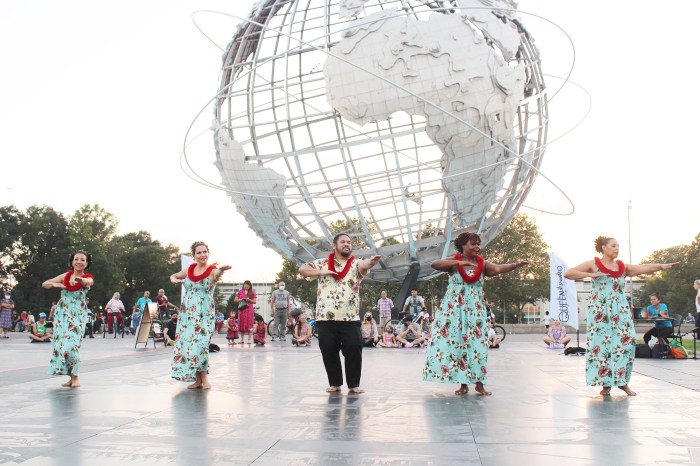Supporters of the Major League Soccer stadium in Flushing Meadow Corona Park have a myopic view of our need for another stadium. They espouse economic benefits and jobs, but little else.
There is, however, a downside to this project that has received little attention. While many concern themselves with personal health and longevity, little connection has been made to the impact and consequence to human health by the city’s policy of flipping tree-inhabited parkland in exchange for stadiums and other such structures.
There are hundreds of scientific publications that show the benefits to human health and longevity by a more natural environment, greenspaces and urban trees. An investigation by Lovasi et al. in 2008 revealed children living in neighborhoods with street trees are less likely to have asthma.
More recently, Donovan et al. in 2013 in “The Relationship Between Trees and Public Health,” by tracking 100 million ash trees destroyed by the invasive emerald ash borer across 15 states and 1,296 counties, reported that by the loss of those trees there was an increase in the two most fatal human illnesses known in the United States: cardiovascular disease and lower respiratory tract illness.
That is right. The loss of trees due to the EAB affected human health by exacerbating those illnesses to the tune of 15,080 additional cardiovascular disease deaths and 6,113 deaths due to lower respiratory tract illnesses in those states and counties sampled. Clearly it is not too far-flung to associate the MLS stadium project as a risky proposition against human health and longevity.
Health advocates should be alarmed by this heist as having a greater societal and human health cost than the economic returns assured by MLS and its supporters. Queens residents who yearn for accessible open space should be alarmed because it could cost them their lives.
Carsten Glaeser
Flushing
































